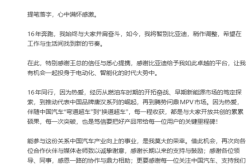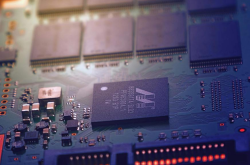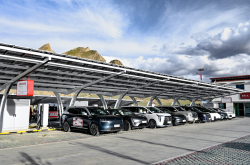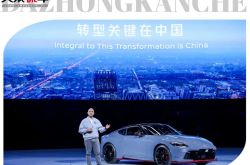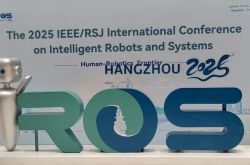SAIC Volkswagen's ID. series sales drop by 47%, planning to cut one million production capacity?
![]() 03/24 2025
03/24 2025
![]() 747
747
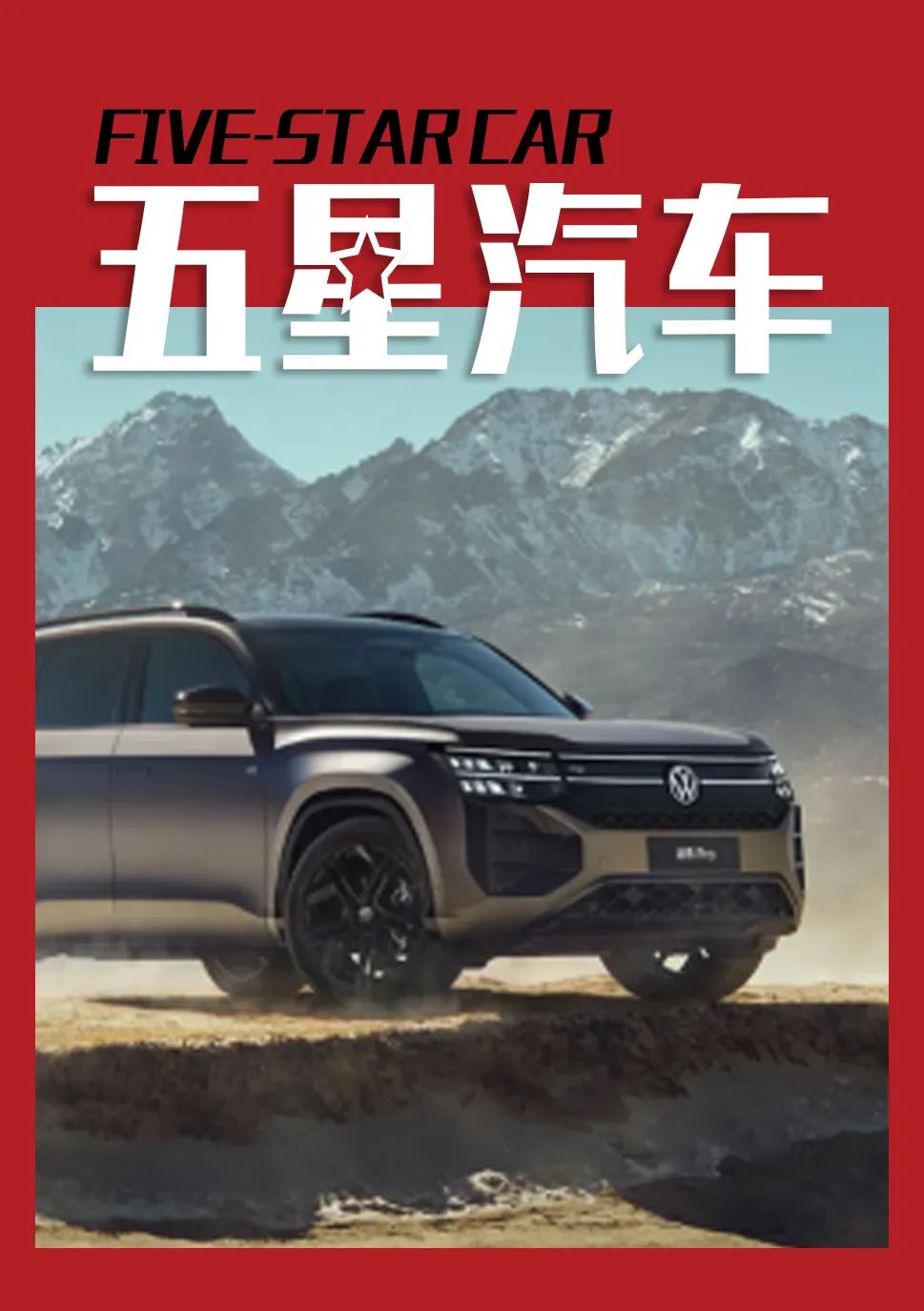
Written by / Cheng Rui
Produced by / Five Star Auto
How much potential does SAIC Volkswagen have left, which gained popularity through "verbal battles"?
In 2024, SAIC Volkswagen sold 1.1481 million vehicles, a year-on-year decrease of 5.51%, maintaining the level of one million.
However, Five Star Auto found that in 2024, SAIC Volkswagen's capacity utilization rate was about 55%, with about 940,000 vehicles of idle capacity.
Fu Qiang, Executive Vice President of Sales and Marketing of SAIC Volkswagen and General Manager of Shanghai SAIC Volkswagen Automobile Sales Co., Ltd., once publicly stated that the Volkswagen brand has an annual production capacity of 2.5 million vehicles, and the annual production capacity needed in the future is between 1.5 and 2 million vehicles. The excess annual production capacity of 500,000 to 1 million vehicles may now become a burden on operations, and SAIC Volkswagen needs to make appropriate adjustments.
It should be noted that recently, the newly launched Touang Pro by SAIC Volkswagen is still a gasoline vehicle, while sales of its pure electric ID. series have fallen sharply.
Five Star Auto found that according to listed sales data, in the first two months of 2025, sales of the Volkswagen ID. series were only 7,745 vehicles, a decrease of about 47% from 14,506 vehicles in the same period last year.
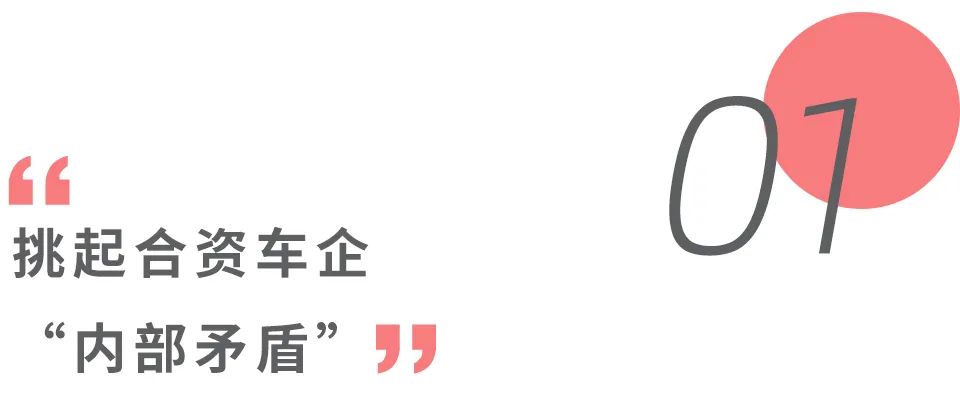
As one of China's largest joint venture automakers, SAIC Volkswagen has successfully provoked "internal contradictions".
Recently, at the launch event of SAIC Volkswagen's Touang Pro, a public criticism targeting the "complete obsolescence" of Japanese cars caused shockwaves in the automotive circle.
At the conference, Fu Qiang, Executive Vice President of Sales and Marketing of SAIC Volkswagen and General Manager of Shanghai SAIC Volkswagen Automobile Sales Co., Ltd., stated, "Looking at the entire Chinese automotive market, Japanese cars have completely fallen behind, lacking sufficient innovation and competitiveness to cope with the harsh challenges of the entire market."
"BBA has a good chassis and power system, but their intelligence is relatively backward," Fu Qiang continued. "We have many new force models that offer good comfort and intelligence in urban driving, but they lack the ability to travel long distances. Even with an extended-range solution, their driving performance under low battery conditions is vastly different from that of gasoline vehicles."
Obviously, Fu Qiang seemed anxious. He not only criticized Japanese cars and China's new force automakers but also attacked Audi, a "fellow" member of BBA (Benz, BMW, Audi) under the Volkswagen Group.
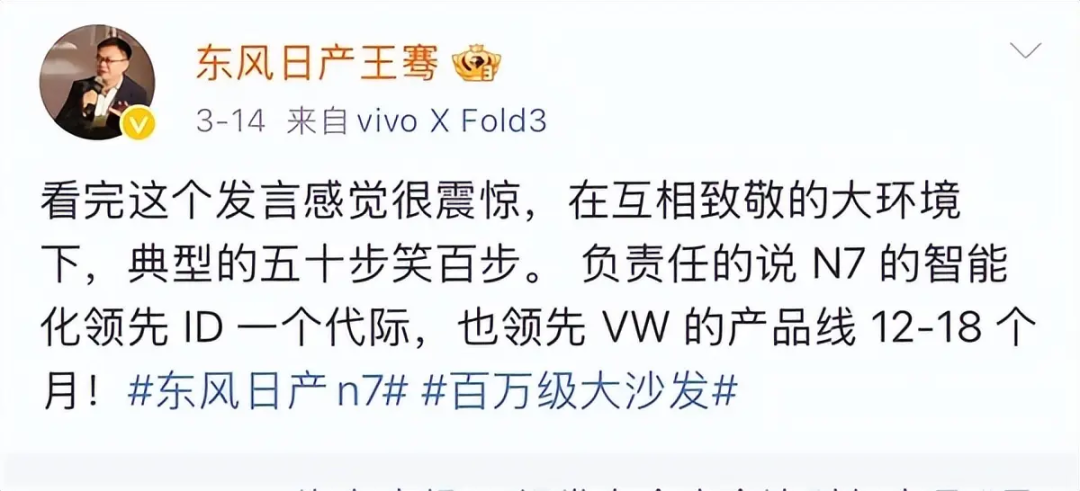
Subsequently, as one of the Japanese car brands "named and shamed", Wang Qian, General Manager of Dongfeng Nissan's new energy brand, posted: "After reading this speech (Fu Qiang's speech), I felt shocked. In an environment where everyone pays respect to each other, it's typical of the pot calling the kettle black. Responsibly speaking, the intelligence of N7 (Dongfeng Nissan N7 model) is one generation ahead of ID. (Volkswagen ID. model) and 12 to 18 months ahead of the VW (Volkswagen) product line."
According to data, in mid-August 2024, amidst significant personnel changes at SAIC Motor, Fu Qiang, the former Executive Director of SAIC Volkswagen's Volkswagen brand marketing business, succeeded Yu Jingmin in his current position.
Perhaps, as an experienced marketer, Fu Qiang also hoped to gain popularity through "extreme" tactics. In this regard, he was successful.
"If products are not well-made, even the confidence to mock each other is so weak," an expert from the Intelligent and Connected Vehicles Branch of the China Society of Automotive Engineers analyzed. The market share of German and Japanese automakers has shrunk from 22.6% in 2021 to 13.7%, rooted in their "lagging investment in intelligence and strategic indecisiveness".
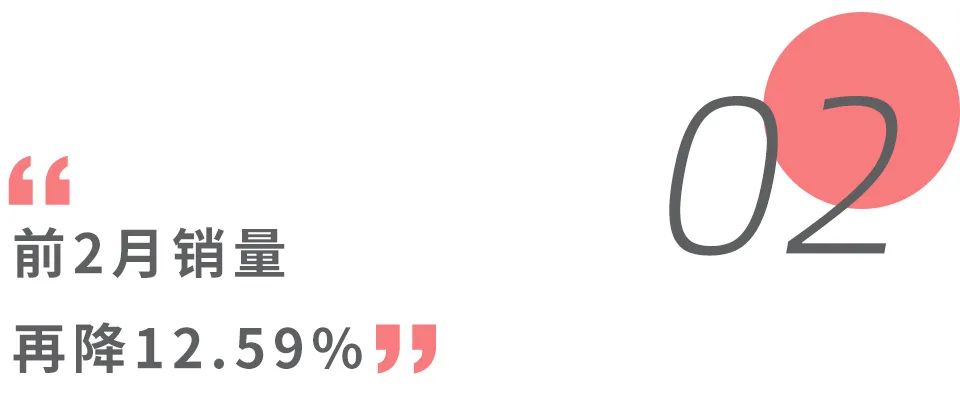
So, is SAIC Volkswagen in a good position?
SAIC Volkswagen is a Sino-German joint venture established on February 16, 1985. It is a joint venture between SAIC Motor and Volkswagen Group and one of the oldest automotive joint ventures in China.
In June 2018, Audi AG acquired a 1% stake in SAIC Volkswagen held by Volkswagen Group. From a regulatory and industrial policy perspective, SAIC Volkswagen already has the qualifications to produce Audi vehicles.
In November 2024, SAIC Motor and Volkswagen Group signed an agreement to extend their joint venture, further strengthening their long-term partnership and extending the joint venture period of SAIC Volkswagen to 2040.
Available data shows that from 2009 to 2014, SAIC Volkswagen's sales were 728,300, 1,001,400, 1,165,800, 1,280,000, 1,525,000, and 1,725,000 vehicles, respectively, with year-on-year growth rates of 48.59%, 37.5%, 16.42%, 9.79%, 19.14%, and 13.11%, basically maintaining double-digit growth.
From 2015 to 2018, SAIC Volkswagen's sales were 1,812,000, 2,001,800, 2,063,100, and 2,065,100 vehicles, respectively, with year-on-year growth rates of 5.05%, 10.47%, 3.06%, and 0.1%, indicating a significant slowdown in growth.
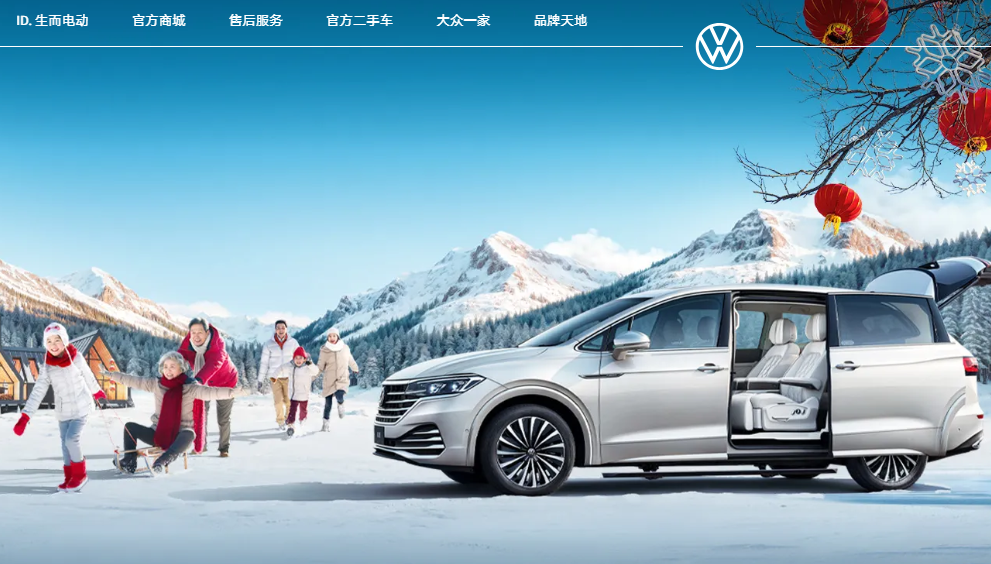
Starting in 2019, SAIC Volkswagen's sales began to decline and have continued to do so for many years.
Specifically, in 2019, SAIC Volkswagen sold 2,001,800 vehicles, a year-on-year decrease of 3.07%, but it still surpassed the 2 million mark.
However, in 2020 and 2021, SAIC Volkswagen's sales were 1,505,500 and 1,242,000 vehicles, with year-on-year growth rates of -24.79% and -17.5%, respectively. Notably, the company's sales level in 2021 was even lower than that in 2012, marking a regression of 10 years.
In 2022, SAIC Volkswagen showed slight improvement, with sales reaching 1,320,800 vehicles, a year-on-year increase of 6.35%.
However, this good fortune did not last long. In 2023, SAIC Volkswagen's sales were 1,215,000 vehicles, a year-on-year decrease of 8.01%.
In 2024, SAIC Volkswagen's sales reached 1,148,100 vehicles, a year-on-year decrease of 5.51%, maintaining the level of one million.
In the first two months of 2025, SAIC Volkswagen's sales reached 138,200 vehicles, a year-on-year decrease of 12.59%, raising doubts about whether it can maintain sales of one million vehicles throughout the year.

Amid poor sales, SAIC Volkswagen also has a large amount of idle capacity.
SAIC Motor's 2023 annual report shows that SAIC Volkswagen's design capacity reached 2,088,000 vehicles, with a production capacity of 1,202,000 vehicles during the reporting period, resulting in a capacity utilization rate of 58%.
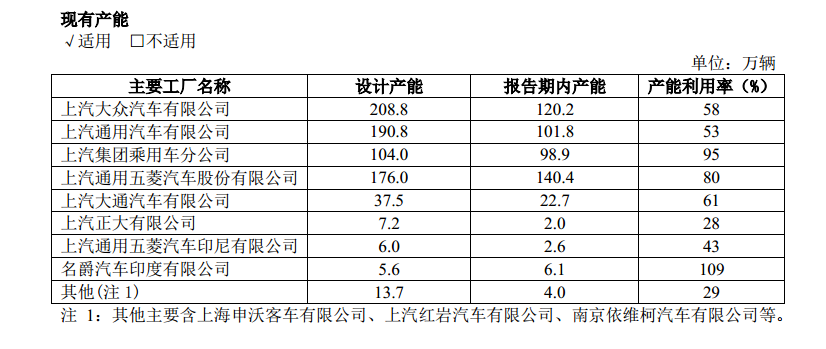
In 2024, SAIC Volkswagen's production reached 1,148,900 vehicles, a year-on-year decrease of 4.43%.
With unchanged capacity, SAIC Volkswagen's capacity utilization rate in 2024 was about 55%, with about 940,000 vehicles of idle capacity.
A financial officer of a listed company told Five Star Auto that like all enterprises, when an automaker has idle capacity, some of its production equipment and technical personnel are not fully utilized, leading to waste of fixed and variable costs, which directly affects the company's profitability.
Fu Qiang, mentioned earlier, once publicly stated that the Volkswagen brand has an annual production capacity of 2.5 million vehicles, and the annual production capacity needed in the future is between 1.5 and 2 million vehicles. The excess annual production capacity of 500,000 to 1 million vehicles may now become a burden on operations, and SAIC Volkswagen needs to make appropriate adjustments.
In September 2024, reports indicated that in response to market rumors about the closure of SAIC Volkswagen's Nanjing plant, SAIC Volkswagen stated: "Based on corporate strategic planning and in response to market trends, the company's adjustment of production bases is a normal and necessary business action. This adjustment is not only a proactive response to current trends but also active planning and investment for future development."
Citing multiple informed sources, some media reported that SAIC Volkswagen is planning to close its plant in Nanjing, Jiangsu Province, in 2025.
It is understood that the aforementioned plant is mainly responsible for producing the Passat and multiple models under the Skoda brand, with an annual production capacity of 360,000 vehicles. SAIC Volkswagen plans to relocate some workers from the Nanjing plant to another plant in Yizheng, Jiangsu Province, which currently focuses on producing the Lavida sedan.
SAIC Volkswagen explained that all production work at the Nanjing plant is currently operating normally. The Passat series has sufficient production capacity, and production and sales are normal. However, based on market demand and product planning, SAIC Volkswagen has many new products to launch in the future, including new fuel and new energy products. Based on the new product spectrum, the production base must also be planned accordingly.

As the penetration rate of new energy vehicles continues to increase in China, SAIC Volkswagen still clings to gasoline vehicles.
"Based on our market judgement for the future, the years 2025 to 2027 may be the three years of the grand finals, truly entering the knockout stage," Fu Qiang previously stated. "2025 can be said to be a phase of strategic stalemate, a transitional year, during which gasoline vehicles must defend their market share."
It is worth noting that the newly launched Touang Pro by SAIC Volkswagen is still a gasoline vehicle, priced at a "fixed price" starting at 269,900 yuan.
Fu Qiang said, "This is a price that makes Mr. Tao (Tao Hailong, Party Secretary and General Manager of SAIC Volkswagen Automobile Co., Ltd.) wince."
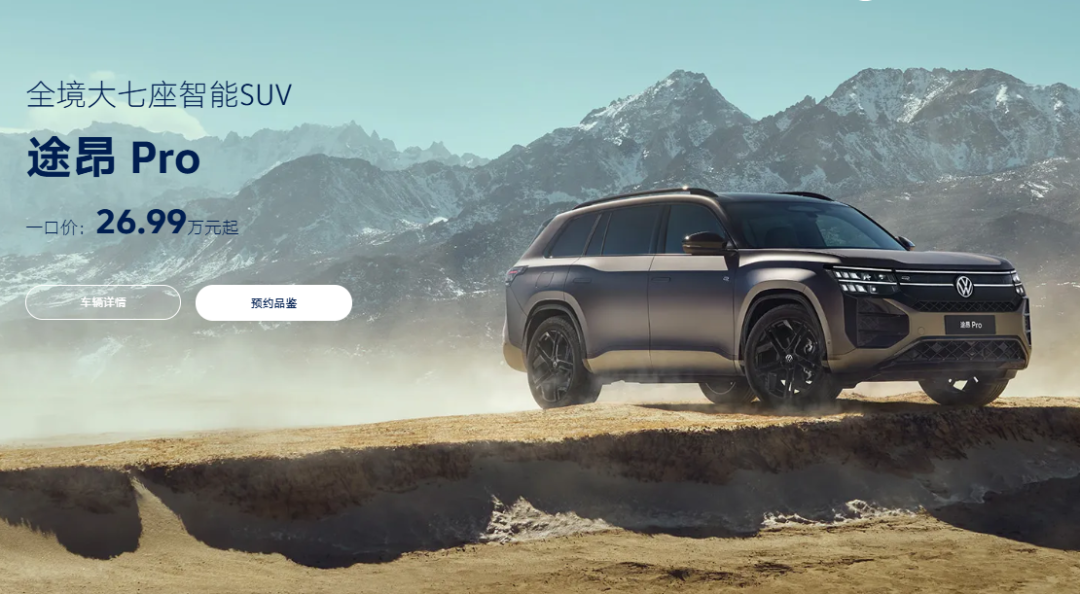
If Mr. Tao sees the new cars launched by "competitors", he may feel even more distressed.
During the same time period, GAC Toyota launched the Botzhi 3X, equipped with LiDAR and priced starting at 109,800 yuan; Zero Run Automobile's B10 went on presale, with the LiDAR version priced at less than 130,000 yuan.
According to the official website of SAIC Volkswagen, the company currently has three pure electric models: ID.3, ID.4 X, and ID.6 X, with official prices starting at 129,900 yuan, 159,900 yuan, and 259,900 yuan, respectively.
From the listed sales data, in the first two months of 2025, sales of the Volkswagen ID.3 reached 5,721 vehicles, a decrease of about 50% from 11,409 vehicles in the same period last year, suffering a halving.
During the same period, sales of the Volkswagen ID.4 X reached 2,020 vehicles, a decrease of about 26% from 2,725 vehicles in the same period last year.
The most pathetic is the ID.6 X, with sales of only 4 vehicles in the first two months of 2025, compared to 372 vehicles in the same period last year. Moreover, starting from November 2024, sales have been 2 vehicles for four consecutive months, entering the ranks of being eliminated.
Overall, in the first two months of 2025, listed sales of the Volkswagen ID. series were only 7,745 vehicles, a decrease of about 47% from 14,506 vehicles in the same period last year.

